#english nobility
Text


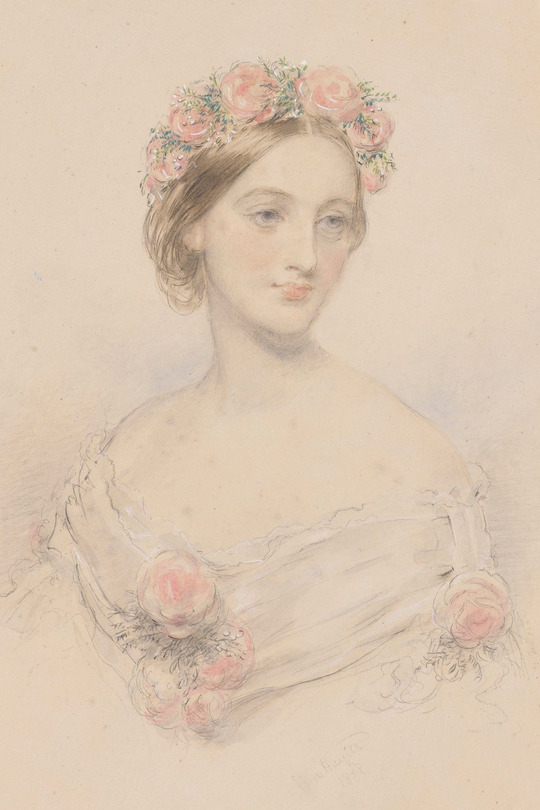
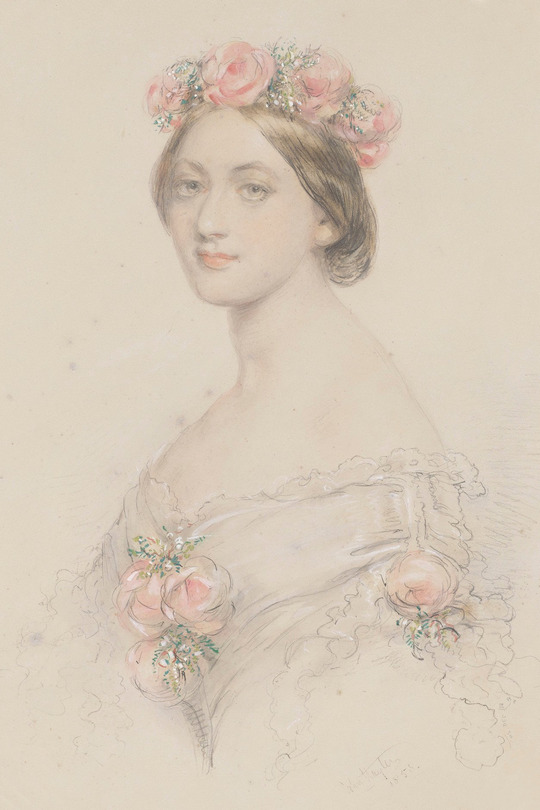
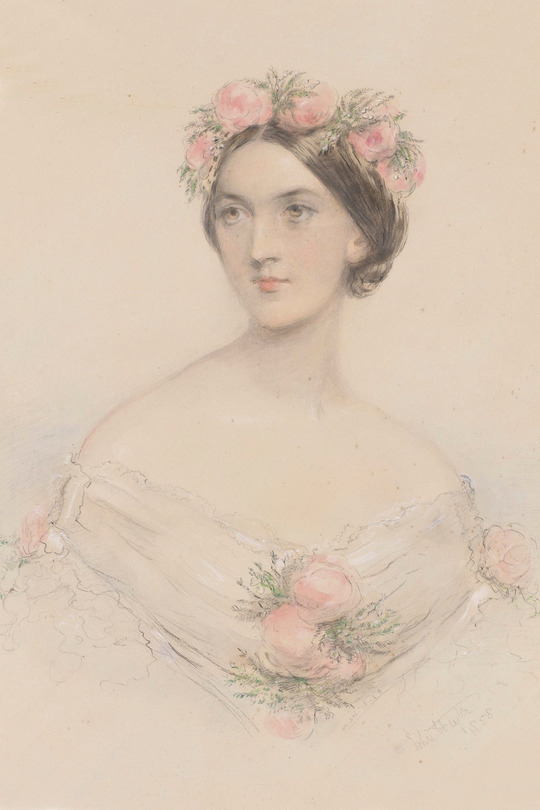
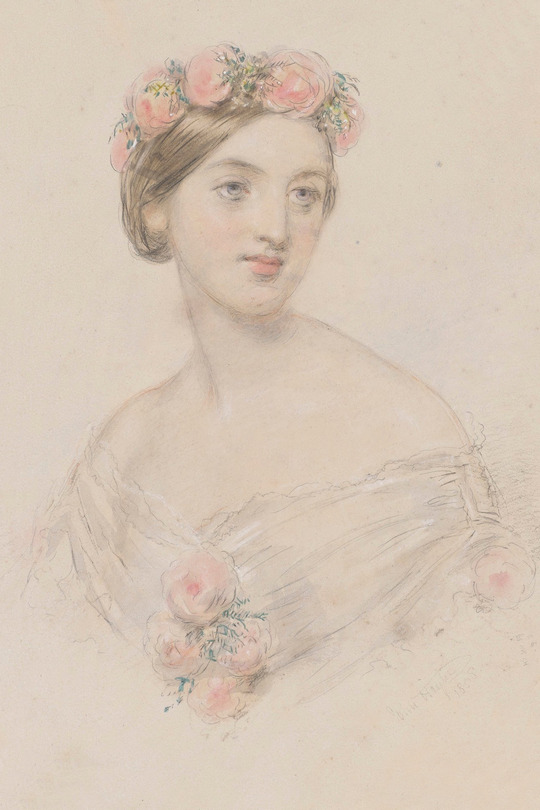
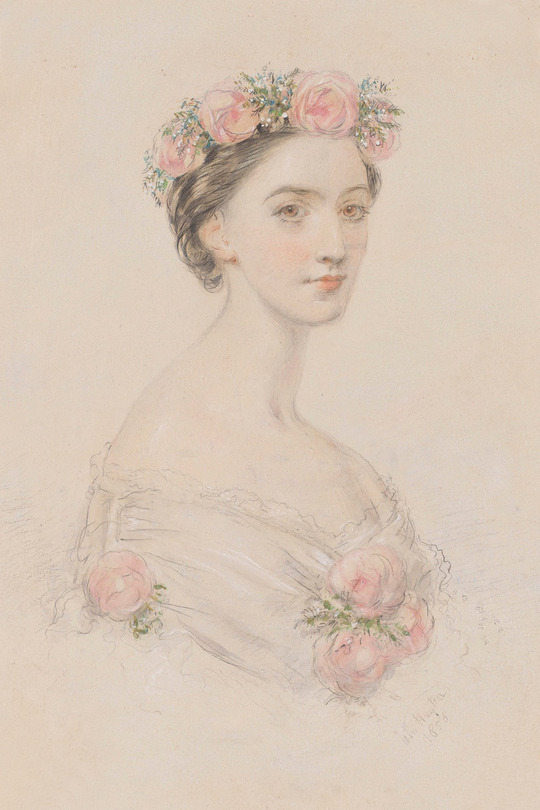
The bridesmaids of Victoria, Princess Royal by Herbert Luther Smith, 1858. (x)
Lady Emma Stanley | Lady Cecilia Molyneux | Lady Katherine Hamilton | Lady Constance Villiers | Lady Celia Gordon-Lennox | Lady Susan Murray | Lady Victoria Noel
157 notes
·
View notes
Text
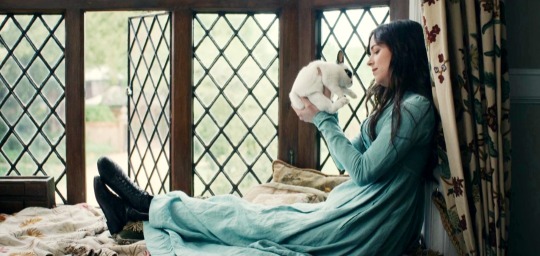
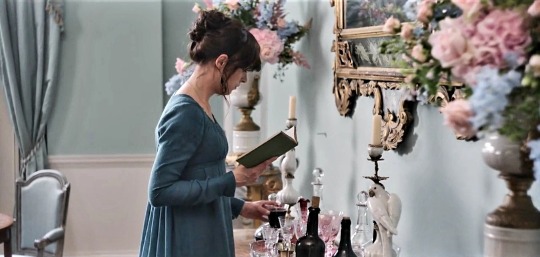


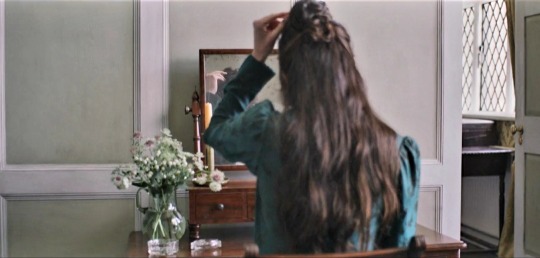
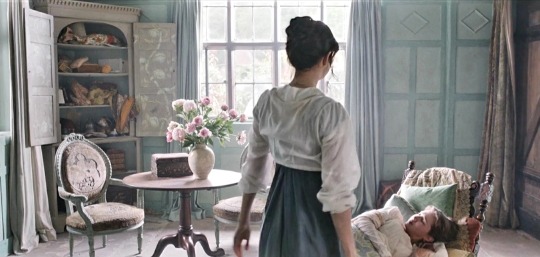
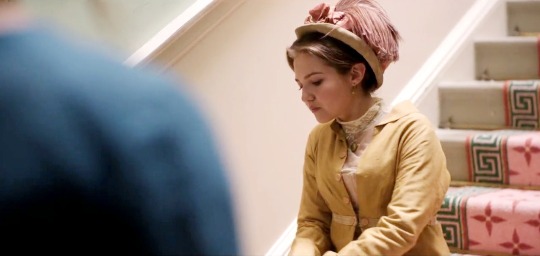
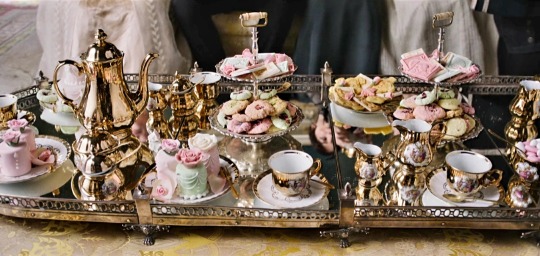

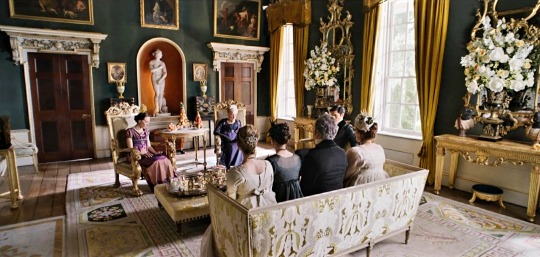
PERSUASION (2022)
#persuasion#filmedit#perioddramaedit#jane austen#persuasion 2022#anne elliot#female directors#period drama#costumedit#1800s fashion#noblewomen#english nobility#female directed movies#netflixedit#weloveperioddrama#anne x frederick#anne x wentworth#dakota johnson#period costume#old fashioned#early 1800s#nobility#my edit#interior design#luxury#movie aesthetic#mary elliot
360 notes
·
View notes
Text
#history#Historical Costuming#Tower of London#period drama#1530s#maximalism#queen#europe#european#london#english nobility#misogyny#partiarchy#art#artwork#illustration#gallery#artist#art gallery#fine arts#love#aesthetic#love aesthetic#loving#missing you#loving you#kisses#hugs#xoxo#lovecore
0 notes
Text
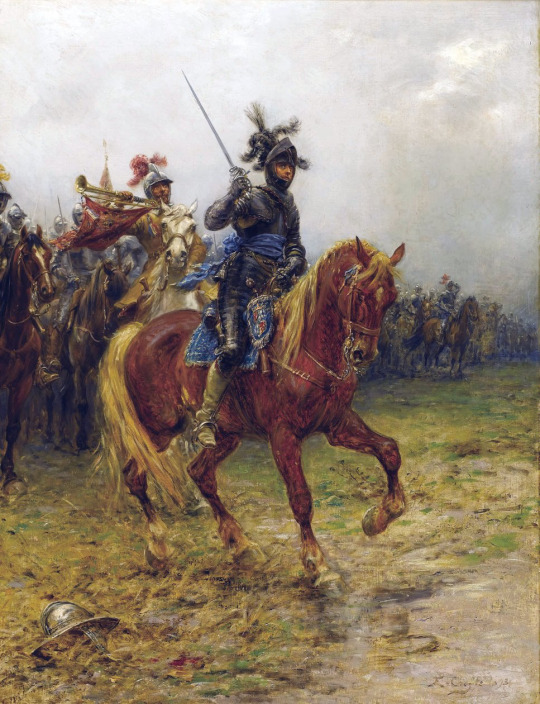
Prince Rupert by Ernest Crofts
#ernest crofts#art#prince rupert#english civil war#england#royalists#royalist#commander#cavalier#cavaliers#english#german#cavalry#history#battle#royalty#royals#royal#nobility#europe#european#aristocrat#aristocratic#aristocracy#armour#plumes
131 notes
·
View notes
Text
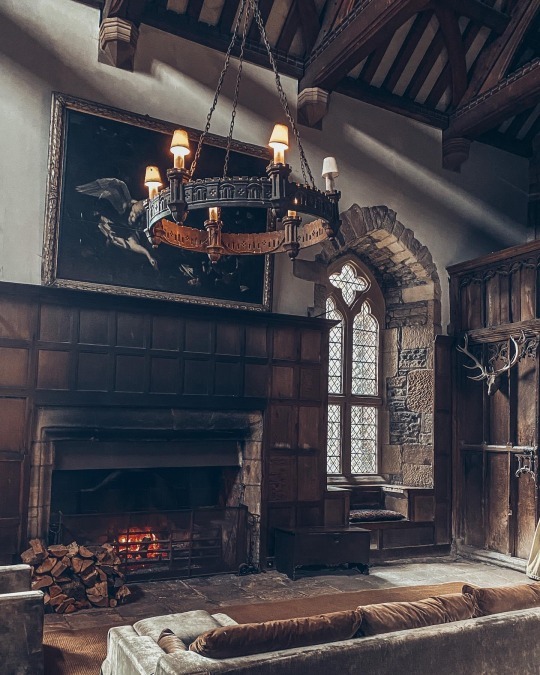
A welcoming fire amidst the Tudor grandeur of Haddon Hall
#Haddon Hall#Bakewell#Derbyshire#fireplace#Tudor style#Duke of Rutland#English mansions#oak panelling#nobility
238 notes
·
View notes
Text
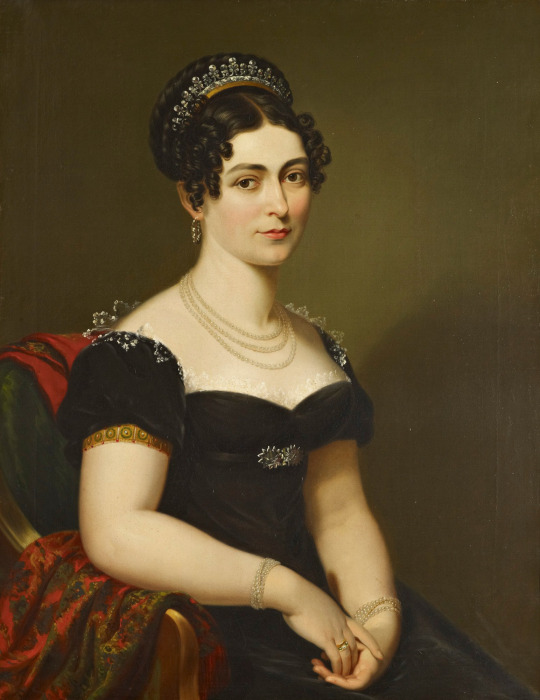
George Dawe (English, 1781-1829)
Victoria, Duchess of Kent (1786-1861), 1818
Royal Collection Trust
#george dawe#english#english art#victoria duchess of kent#duchess of kent#noble#nobility#aristocrat#aristocracy#art#european art#fine art#classical art#europe#european#oil painting#fine arts#europa#island kingdom#england#1800s#brunette#woman#female portrait#female#portrait#black hair#black eyes#regency#european fashion
54 notes
·
View notes
Text
Tamara Falco's Wedding Tiara

Tamara Falcó Preysler, the 6th Marchioness of Griñón, is marrying Íñigo Onieva Molas tomorrow at Palacio de el Rincón in Madrid and she helpfully already told us which of her family's tiaras she is going to wear! Thanks to @duchess-of-lara for telling me about it because I didn't even realize the wedding was back on after the couple broke up last year. Tamara is a Spanish socialite and TV presenter notable for being the daughter of Isabel Preysler and the sister of Enrique Iglesias.
Tamara has chosen to wear the Montellano Diamond Tiara that was made in the 1920s for her grandmother, Hilda Fernández de Córdoba y Mariátegui, 12th Marchioness of Mirabel, 3rd Countess of Santa Isabel, 10th Countess of Berantevilla, who was married to Manuel Falcó y Escandón, 9th Duke of Montellano, 11th Marquess of Castel-Moncayo, 9th Marquess of Pons, so there's a lot of titles in the family and I don't even think that's all of them. In my opinion, Spain has the best system when it comes to noble titles because they have equal primogeniture meaning women can inherit in their own right and are not skipped over for their younger brothers. Also, if you have more than one you can cede the lesser titles to your younger children so Tamara is the third child of her father but he left her the Griñón title because there were other titles that his older two children were inheriting.
María del Rocío Falcó y Fernández de Córdoba, Countess of Berantevilla, wore the tiara for her debut ball in 1950. Her mother, Hilda, who was the original owner of the diamond tiara, is wearing the Turquoise Bowknot Tiara that was made by Chaumet in 1891 for her own mother-in-law, Carlota Maximiliana de Escandón y Barrón. The top of the tiara has been altered since then and I'm not sure which member of the family owns it now but they loan it out for exhibitions sometimes.
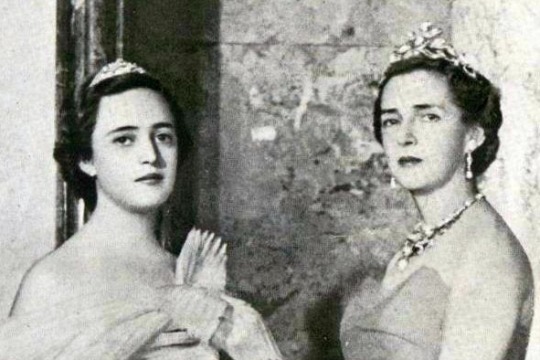
Jannine Girod del Avellanal wore the tiara at her wedding to Carlos Falcó y Fernández de Córdova, 12th Marquess of Castel-Moncayo, 5th Marquess of Griñón, in 1966.
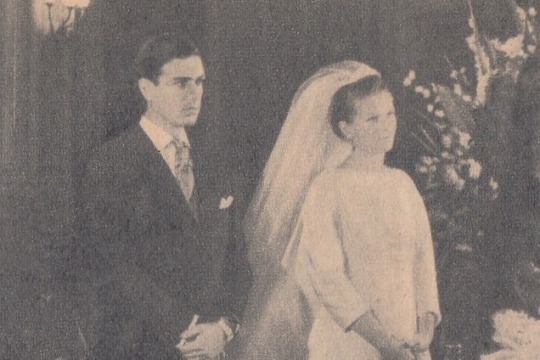
Carla Pía Falcó y Medina, 10th Duchess of Montellano, wore the tiara at her wedding to Jaime Matossian y Osorio in 1981. Carla also appears to own the Wild Rose Tiara made by Chaumet in 1922 but I don't know if it has a longer history in the Falcó family.

Amparo Corsini Montero wore the tiara at her wedding to Manuel Falcó y Girod, 13th Marquess of Castel-Moncayo, in 1999. Manuel is Tamara's brother and the current owner of the diamond tiara.
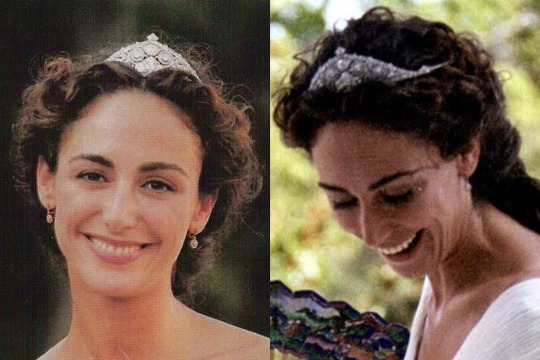
There's also the Montellano Pearl & Diamond that was worn by Tamara's sister, Alejandra Falcó y Girod, 13th Marchioness of Mirabel, at her wedding to Jaime de Carvajal y Hoyos, 17th Marquess of Almodóvar del Río, in 1998 and was worn last year by Isabelle Junot at her wedding to Álvaro Falcó Chávarri, 4th Marquess of Cubas. I think the diamond tiara is the right choice. It has a long history in the family and looks like it would be the easiest to wear.
#Tiara Talk#Tamara Falco#Marchioness of Grinon#Spain#Spanish Aristocracy#Spanish Nobility#diamond#bridal tiara#Duchess of Montellano#Countess of Berantevilla#Marchioness of Castel-Moncayo#Marchioness of Mirabel#I'm always tempted to not translate the titles from Spanish to English like I do with other languages#They just sound so much better in Spanish#Marquesa de Grinon#Duquesa de Montellano#Marquesa de Mirabel#Marquesa de Castel-Moncayo#Condesa de Berantevilla#duchess of lara
74 notes
·
View notes
Text
Any judgement on (Richard III)’s reign has to be seen as provisional. The critic of the reign only has to consider how the Tudors would now be regarded if Henry VII lost at Stoke, to realize the dangers of too many assumptions about the intractability of Richard’s problems. But it would be equally unrealistic to ignore Richard’s unpopularity altogether. The fact that he generated opposition among men with little material reason for dissent, and that the disaffection then continued to spread among his own associates, says something about what contemporaries regarded as the acceptable parameters of political behaviour. There is no doubt that Richard’s deposition of his nephews was profoundly shocking. To anyone who did not accept the pre-contract story, which was probably the majority of observers, the usurpation was an act of disloyalty. Gloucester, both as uncle and protector, was bound to uphold his nephew’s interests and his failure to do so was dishonourable. Of all medieval depositions, it was the only one which, with whatever justification, could most easily be seen as an act of naked self-aggrandizement.
It was also the first pre-emptive deposition in English history. This raised enormous problems. Deposition was always a last resort, even when it could be justified by the manifest failings of a corrupt or ineffective regime. How could one sanction its use as a first resort, to remove a king who had not only not done anything wrong but had not yet done anything at all?
-Rosemary Horrox, "Richard III: A Study of Service"
#r*chard iii#my post#english history#Imo this is what really stands out to me the most about Richard's usurpation#By all accounts and precedents he really shouldn't have had a problem establishing himself as King#He was the de-facto King from the beginning (the king he usurped was done away with and in any case hadn't even ruled);#He was already well-known and respected in the Yorkist establishment (ie: he wasn't an 'outsider' or 'rival' or from another family branch)#and there was no question of 'ins VS outs' in the beginning of his reign because he initially offered to preserve the offices and positions#for almost all his brother's servants and councilors - merely with himself as their King instead#Richard himself doesn't seem to have actually expected any opposition to his rule and he was probably right in this expectation#Generally speaking the nobility and gentry were prepared to accept the de-facto king out of pragmatism and stability if nothing else#You see it pretty clearly in Henry VII's reign and Edward IV's reign (especially his second reign once the king he usurped was finally#done away with and he finally became the de-facto king in his own right)#I'm sure there were people who disliked both Edward and Henry for usurpations but that hardly matters -#their acceptance was pragmatic not personal#That's what makes the level of opposition to Richard so striking and startling#It came from the very people who should have by all accounts accepted his rule however resigned or hateful that acceptance was#But they instead turned decisively against him and were so opposed to his rule that they were prepared to support an exiled and obscure*#Lancastrian claimant who could offer them no manifest advantage rather than give up opposition when they believed the Princes were dead#It's like Horrox says -#The real question isn't why Richard lost at Bosworth; its why Richard had to face an army at all - an army that was *Yorkist* in motivation#He divided his own dynasty and that is THE defining aspect of his usurpation and his reign. Discussions on him are worthless without it#It really puts a question on what would have happened had he won Bosworth. I think he had a decent chance of success but at the same time#Pretenders would've turned up and they would have been far more dangerous with far more internal support than they had been for Henry#Again - this is what makes his usurpation so fascinating to me. I genuinely do find him interesting as a historical figure in some ways#But his fans instead fixate on a fictional version of him they've constructed in their heads instead#(*obscure from a practical perspective not a dynastic one)#queue
27 notes
·
View notes
Text

Life itself, she thought, as she went upstairs to dress for dinner, was stranger than dreams and far, far more disordered.
Nancy Mitford, Christmas Pudding (1932)
#mitford#nancy mitford#quote#literature#christmas pudding#aristocracy#english#class#nobility#society
38 notes
·
View notes
Text
Thinking about the ikepri boys using French since rhodolite is very heavily based of France (and a little bit of England?)
Like Licht saying « je t’adore » or Clavis calling you « ma douce » or Gilbert calling you « Mademoiselle lapine » with a light German accent
#I have no idea why I thought of this#I’m barley comfortable in french it sits in the back of my mind gathering dust bc I don’t use it anymore#idk I think I saw a lot of ppl headcanon Silvio and Gilbert using thier implied native languages and I was like omg I love that#now that I think about it it wouldn’t make sence for the rhodolite boys to have French in th bc they’re already speaking it in canon#UNLESS. mahaps French is what’s predominantly spoken in the capitol and among nobility but the commen folk speak some mix of French+English?#that would make sense esp if you look into the irl history of the English language#now I’m thinking of writing a more concrete headcanon on what language is spoken in rhodolite stay tuned ig??#ikepri licht#licht klein#gilbert von obsidian#clavis lelouch#ikemen prince#ikepri#ikepri headcanons
57 notes
·
View notes
Photo

John Collier, 1897: “Lady Godiva”
#John Collier#lady godiva#1897#art#art details#art history#british artist#british art#english artist#english art#pre-raphaelite#pre-raphaelism#19th century#19th century art#women#women art#dark academia#warrior#female warrior#nobility#royalty#royalty aesthetic#legends#myths and legends
374 notes
·
View notes
Text
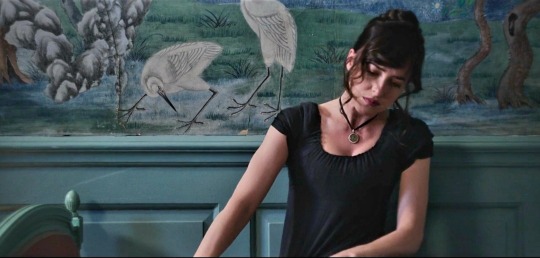



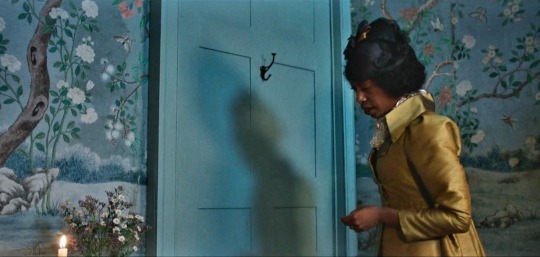

Anne's bedroom (Persuasion 2022)
#persuasion#anne elliot#perioddramaedit#luxury#interiors design#persuasion 2022#filmedit#dakota johnson#jane austen#palaces#1800s#english nobility#period drama#noblewomen#movie aesthetic#interiors#interior design#aesthetic#british nobility#1800s fashion#old fashioned#my edit
237 notes
·
View notes
Text
Anne Boleyn Non-Feminist Aspects
(WRITTEN BY CHATGPT, EDITED BY ME)
It's important to note that analyzing historical figures, including Anne Boleyn, involves considering various perspectives and interpretations. While Anne Boleyn's life and actions can be viewed through a feminist lens, it's also essential to acknowledge aspects that may not align with modern feminist principles. Here are some non-feminist aspects associated with Anne Boleyn:
Social Climbing: Anne Boleyn's pursuit of power and influence can be seen as opportunistic and driven by personal ambition. Some critics argue that her actions were motivated primarily by a desire to ascend the social ladder rather than by a broader feminist agenda. Her intent to marry King Henry VIII and become queen consort can be seen as a strategic move to gain status, wealth, and influence, rather than as a quest for gender equality or societal reform.
Treatment of Other Women: There are accounts that suggest Anne Boleyn was not always supportive of other women, especially those she perceived as rivals or threats. Some historians argue that she engaged in manipulative tactics to maintain her position at court and protect her relationship with Henry VIII. This behavior can be seen as contrary to feminist ideals of solidarity and support among women.
Influence on Henry VIII's Policies: While Anne Boleyn had a notable impact on the English Reformation, her influence on Henry VIII's policies cannot be entirely attributed to feminist principles. Her religious views aligned with Protestant reformers, and she played a role in promoting the English Reformation. However, her influence was also driven by personal and political factors, such as her desire for power and her rivalry with influential Catholic figures.
It's important to approach historical figures with a nuanced perspective, recognizing that they were shaped by the social, political, and cultural context of their time. Anne Boleyn's actions and choices can be seen as a mix of feminist and non-feminist aspects, reflecting the complexities of her life and the era in which she lived.
#Anne Boleyn#England#English#English Reformation#Costuming#Historical Costuming#Tower of London#period drama#1530s#maximalism#queen#europe#european#london#english nobility#misogyny#partiarchy#history
1 note
·
View note
Text
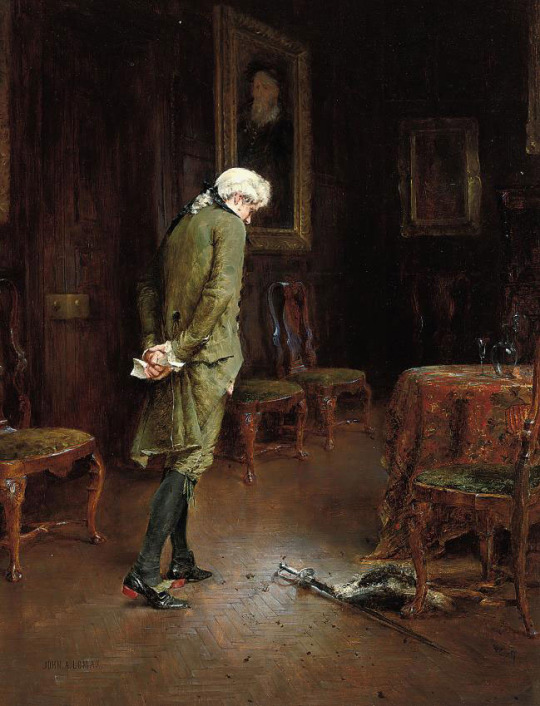
The challenge by John Arthur Lomax
#john arthur lomax#art#challenge#duel#duelling#sword#gentleman#nobleman#history#europe#european#britain#england#english#british#combat#single combat#aristocrat#aristocratic#nobility#swords
137 notes
·
View notes
Text
The fact historically Maria Thorpe probably spoke French more as her main language makes me feel weird
#assassins creed#maria thorpe#altaïr learned French for her…truly an L#reminded again today that the English during the crusades (including third) mostly spoke French including king Richard#because of impact from the Norman conquest or smth like that#Bc Maria was born into nobility she was probably versed in Latin too#and I think the historical Templars frequently spoke Latin amongst themselves ???#correct me if I’m wrong
86 notes
·
View notes
Text

Thomas Gainsborough (British, 1727-1788)
Mary Little, later Lady Carr, ca.1765
Yale Center for British Art
#Thomas Gainsborough#british art#british#island kingdom#england#art#female portrait#female#portrait#Mary Little#Lady Carr#noble#nobility#aristocrat#aristocracy#english aristocracy#british aristocracy#brunette#woman#brown eyes#european fashion#fine art#european art#classical art#europe#european#oil painting#fine arts#europa#1700s
25 notes
·
View notes